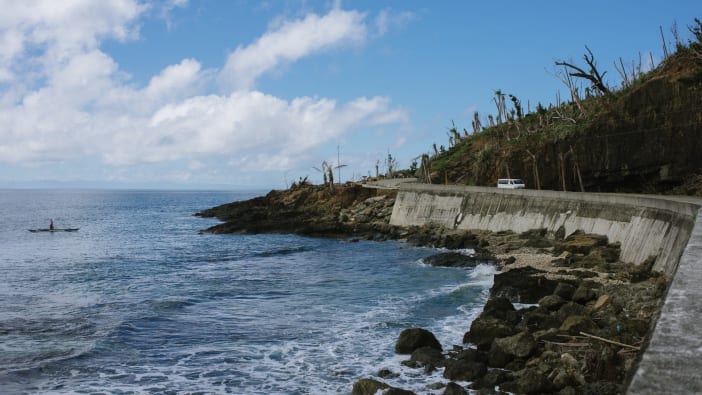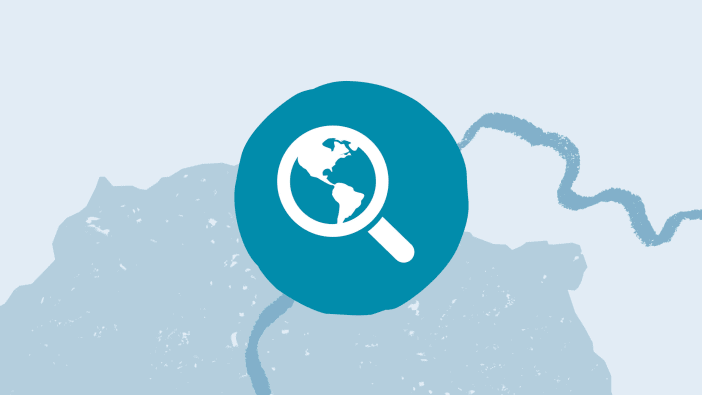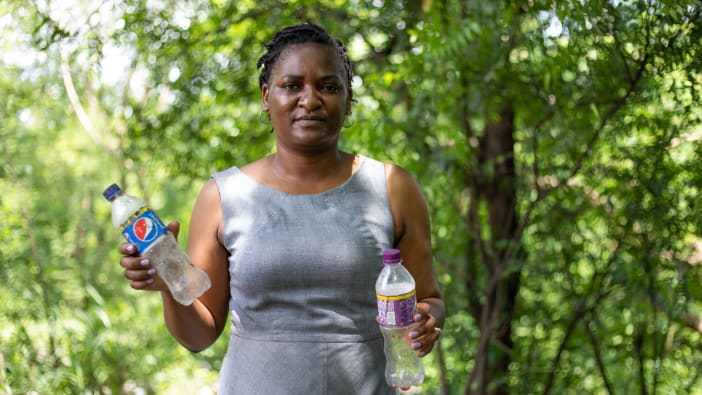Therefore, Tearfund consulted various stakeholders, particularly the Mayor, Vice Mayor and city council members of Cadiz City. They educated them on the usefulness of an integrated DRR plan and facilitated developing the political will and commitment for the plan. They used the national government’s mandate
for local governments to create DRR plans for their area and the international Sendai Framework for disaster risk reduction in these meetings. Tearfund also bolstered good governance of the local government’s DRR plan by ensuring that local community leaders were provided maps of the hazards in the community, were aware of the local government’s allocation of budget for DRR, and knew how to access it for relevant needs. Tearfund was able to support the local government to acquire necessary technical skills to produce such a plan and better use their DRR fund.
Tearfund also provided the technical support necessary to create such a plan for Cadiz City by collaborating with various national government agencies who provided technical resources, such as manuals, that were used for reference in the development of the plan. From the good relationships they built with the national and local governments in their humanitarian response, Tearfund also formed a Technical Working Group with technical experts from relevant government agencies and organizations, policy and planning experts, and civil society organizations of Cadiz City. Additionally, Tearfund conducted a trip to a neighbouring city, which was a United Nations model for disaster preparedness, to provide a live example for the stakeholders creating Cadiz City’s DRR plan. At each step of the development of this DRR plan, Tearfund was careful to ensure that this process built the capacity of the local government’s DRR department, rather than creating further dependence of the community on outside aid.
Finally, the Technical Working Group presented the new DRR plan to Cadiz City council and it was approved. In accordance with the national mandate, the local government passed this plan into local law. This was not an easy task: DRR is more than just conducting drills and providing training, it is also a change of attitude from response to preparedness for the community. Organising all the city’s disaster efforts through the plan will make responses to earthquakes, typhoons, storm surges, landslides, fires, and flooding more effective and efficient by providing structure for the city in disaster management. From Tearfund’s meetings with them, the local government officials realised their need for such a comprehensive DRR plan beyond just complying with the law. The development of the plan would not have been possible if it were not for the good relationship between Tearfund and the Cadiz City government. This was also the first time that various offices and departments of the City had come together to develop a medium-term plan together. The
process was appreciated by the representatives, in addition to fostering understanding of each sector’s needs which each office or department seeks to address. The DRR plan will continue to evolve as more learning is gained from each subsequent disaster in the city, as well as a continuation of building relationships between new government officials and the international non-governmental organisations present. This collaboration and these strengthened relationships will ensure the long-term success of Cadiz City’s DRR plan. In fact, Cadiz City is now recognized as one of the most advanced localities for resilience and good governance in disasters by the national government.








